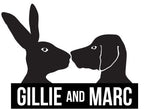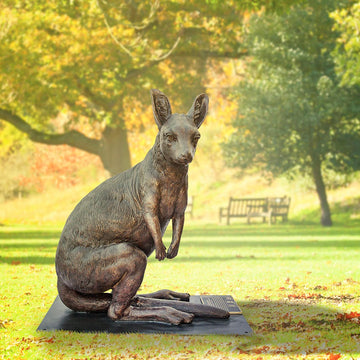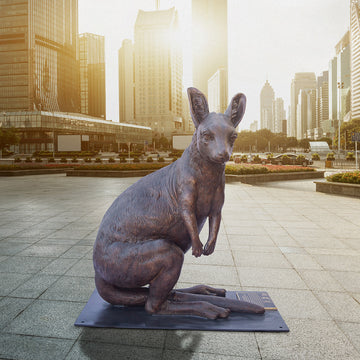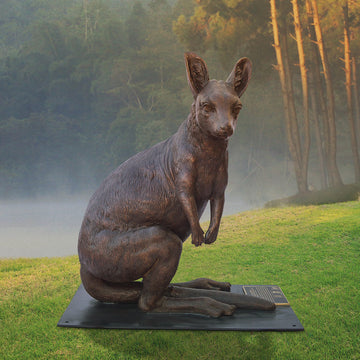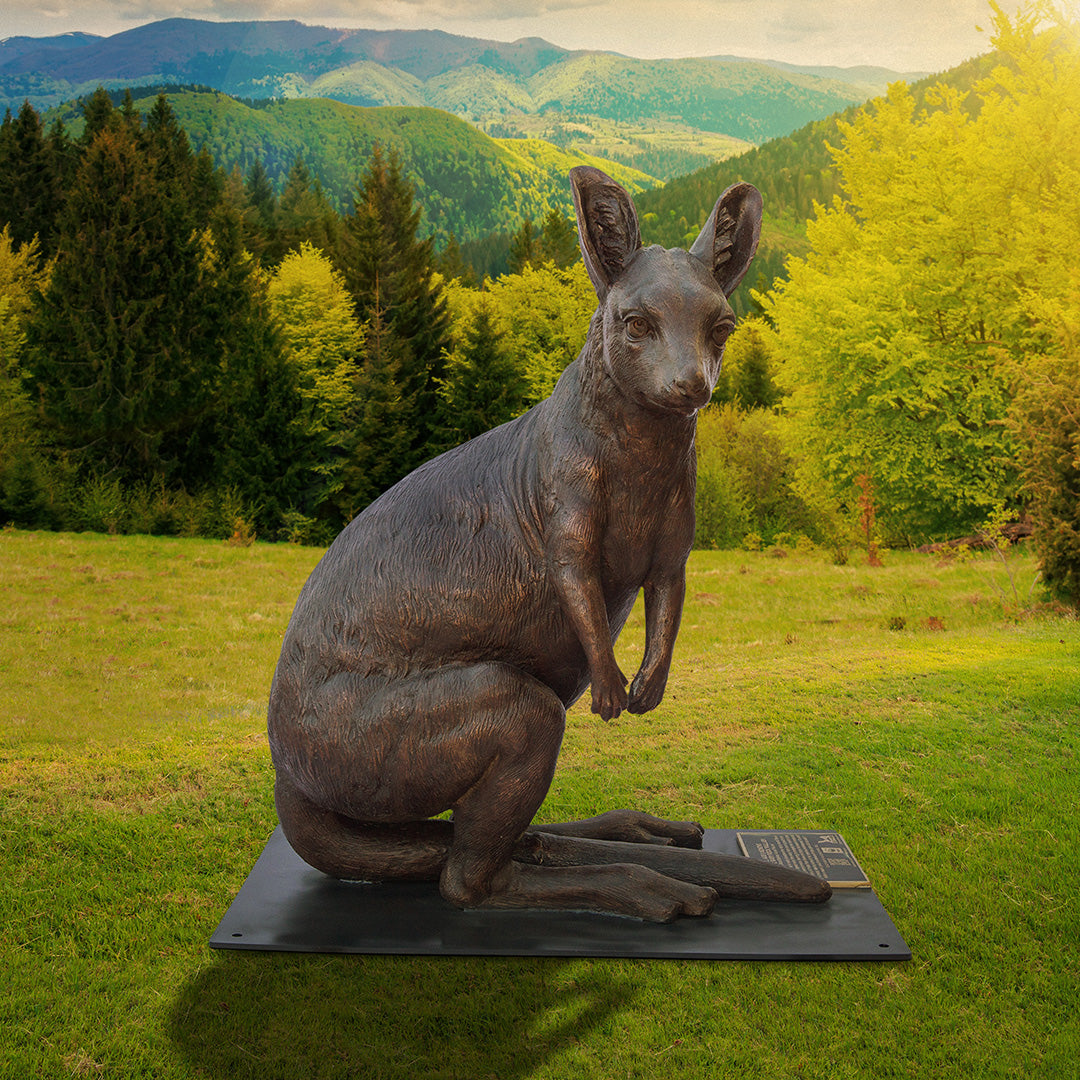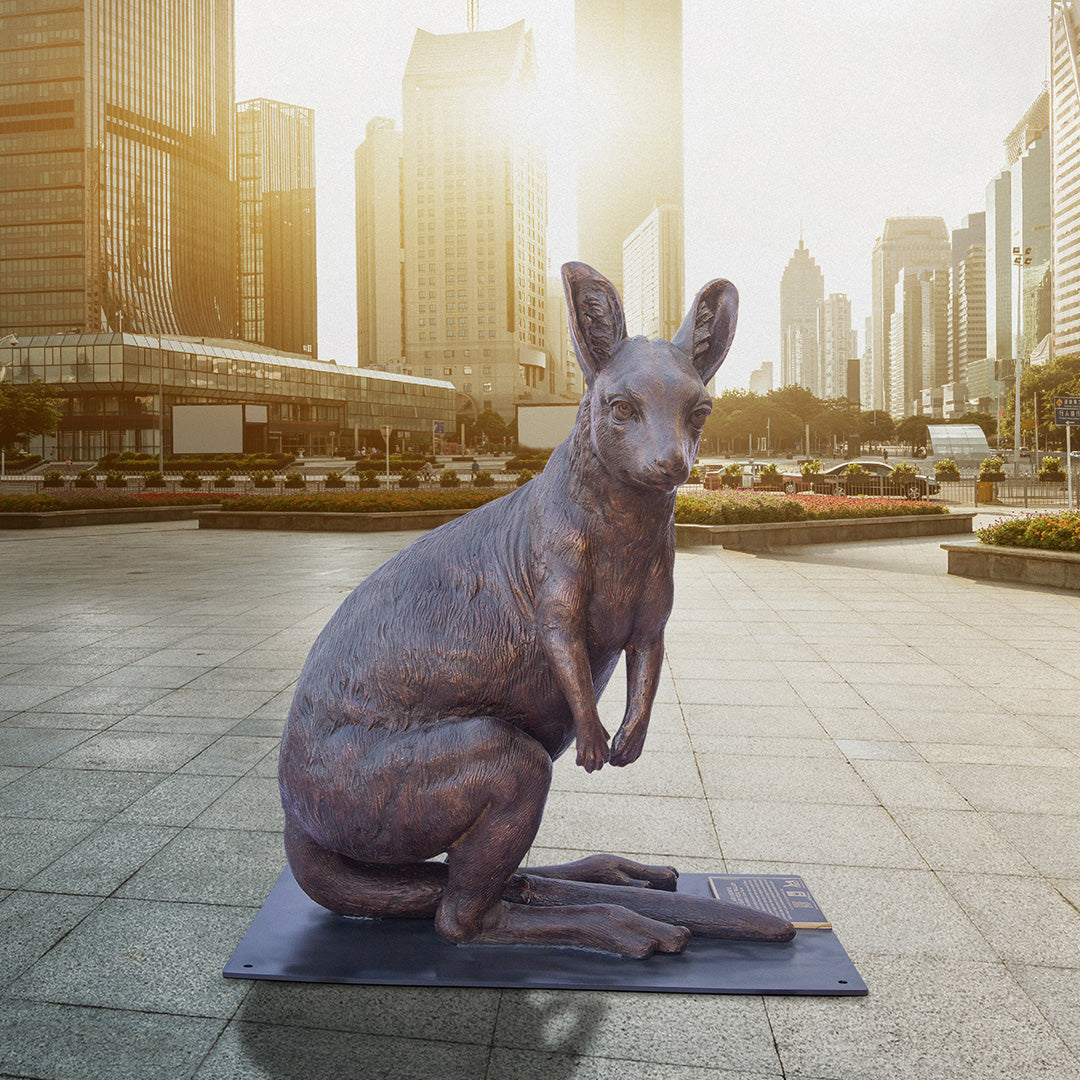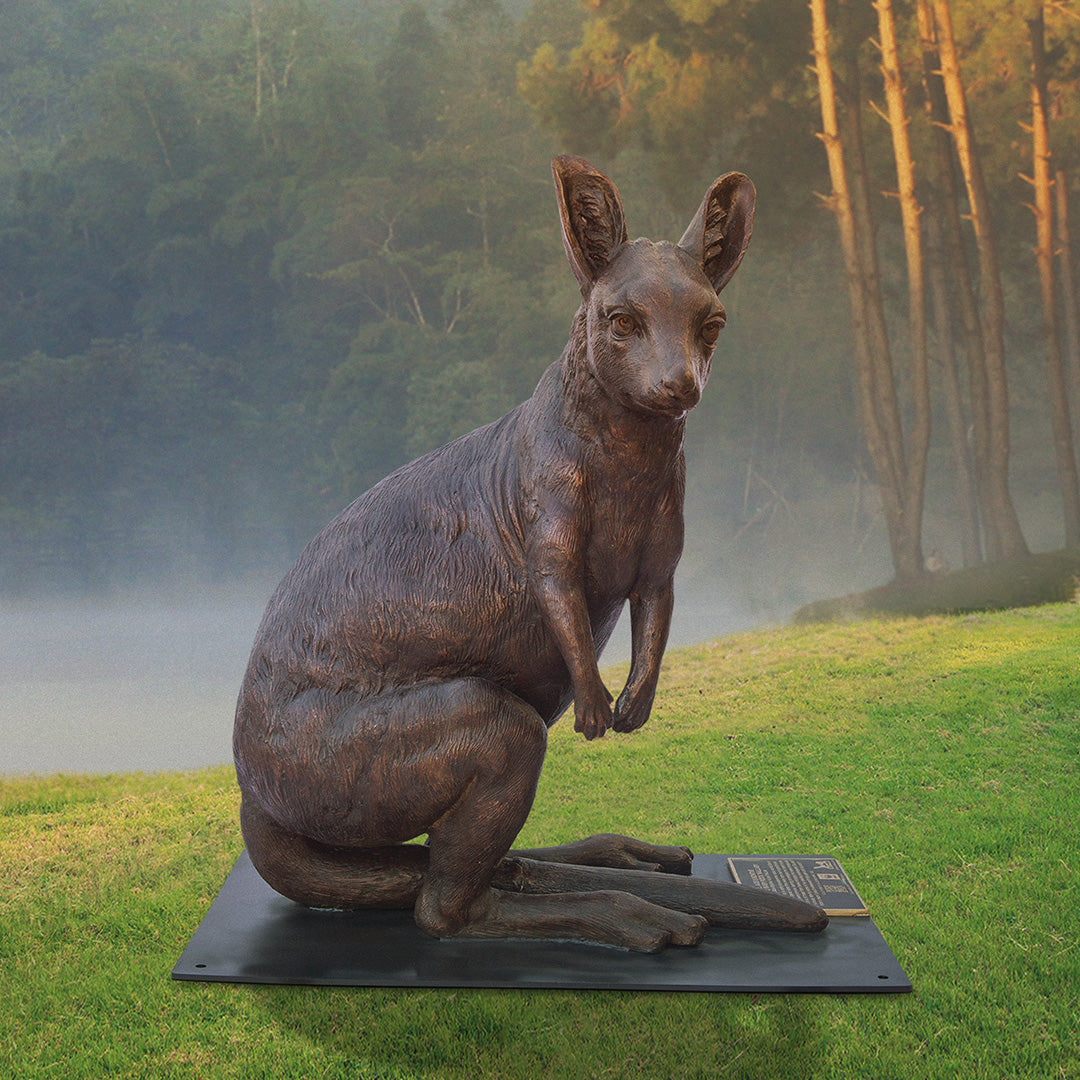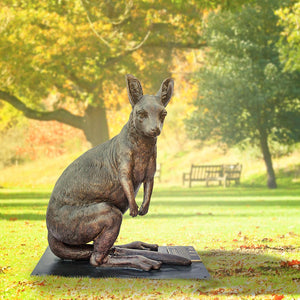Dimensions
Sculpture:
48.0 x 42.9 x 31.5 inch (H*L*W) 260.1 lbs
122 x 109 x 80 cm (H*L*W) 118 kgs
Base:
42.9 x 27.6 inch (L*W)
109 x 70 (L*W)
Medium
Bronze
Style
Contemporary Sculpture, Wildlife, Activist Art
Edition Number
/6
Description
This 8-month-old joey is very dedicated to exploring every nook and cranny in her rocky home. It’s a bit of a labyrinth and takes some getting used to but she knows she is much safer up here where most other creatures don’t dare to climb. Things used to be a lot easier for her kind, she was told. There weren’t any of the cunning foxes who like to have rock wallaby joey for dinner or the goats that are now everywhere who get to all the good food first. They have tried to adapt to these changes but she knows there is only one way to fix the problem. If the humans help fix what they created.
Rock wallabies are small marsupials who like in fortress-like rocky homes in Australia. These nocturnal creatures spend their days in the shelter of their homes, either a cave, an overhang, or some kind of vegetation amongst the rocks, and venture out at night to feed. They have a highly adapted physique to help them nimbly get around their rocky homes. They have powerful legs and sharp claws which help them to climb trees and even scale nearly vertical rocks. They are the most diverse of all macropods (kangaroos, wallabies etc), with 19 species identified.
Rock wallabies are marsupials and so their young spend a lot of time in the warmth and safety of their mother’s pouch. They are born very tiny and not quite developed. They crawl up their mothers’ pouch to attach themselves to one of her teats inside where they continue to develop for 6-7 months. Once the joey is more developed it can start to venture out of mums pouch but will often jump back in whenever there is danger around. At 9 months old the joey is fully weaned and will leave its mothers pouch for the last time.
Rock wallabies vary in terms of their conservation status with some populations very at risk, even having disappeared from the south. They first became threatened with the arrival of Europeans where they began hunting them for their fur. But the bigger threat the Europeans bought was their foreign animals. Now, the biggest threats to the rock wallabies are from these introduced species such as red foxes who kill them, and other herbivores, particularly goats, sheep and rabbits who compete with them for food. With increasing habitat fragmentation and destruction, the wallabies are also at risk of lower genetic health because of their shrinking numbers.
Artwork Features
Gillie and Marc love working in bronze for many reasons. Bronze is a very hardy material and will last forever. As experts in coloring bronze, Gillie and Marc enjoy experimenting with their sculptures, adding a splash of color to brighten the work, making it even more unique. > Read more
Care Instructions
Bronze is very easy to clean, allowing you to enjoy your precious sculpture with minimal upkeep. > Read more
Shipping, Returns and Refunds
Please visit this page to learn all about our policies. > Read more
Give Back to WWF-AUSTRALIA
With every edition purchased, Gillie and Marc will proudly donate 30% of proceeds to support WWF-Australia.
WWF is one of the world’s largest and most respected independent conservation organisations. WWF’s mission is to stop the degradation of the earth’s natural environment and to build a future in which humans live in harmony with nature.
For more information, visit https://wwf.org.au/donate/wild-about-babies/
